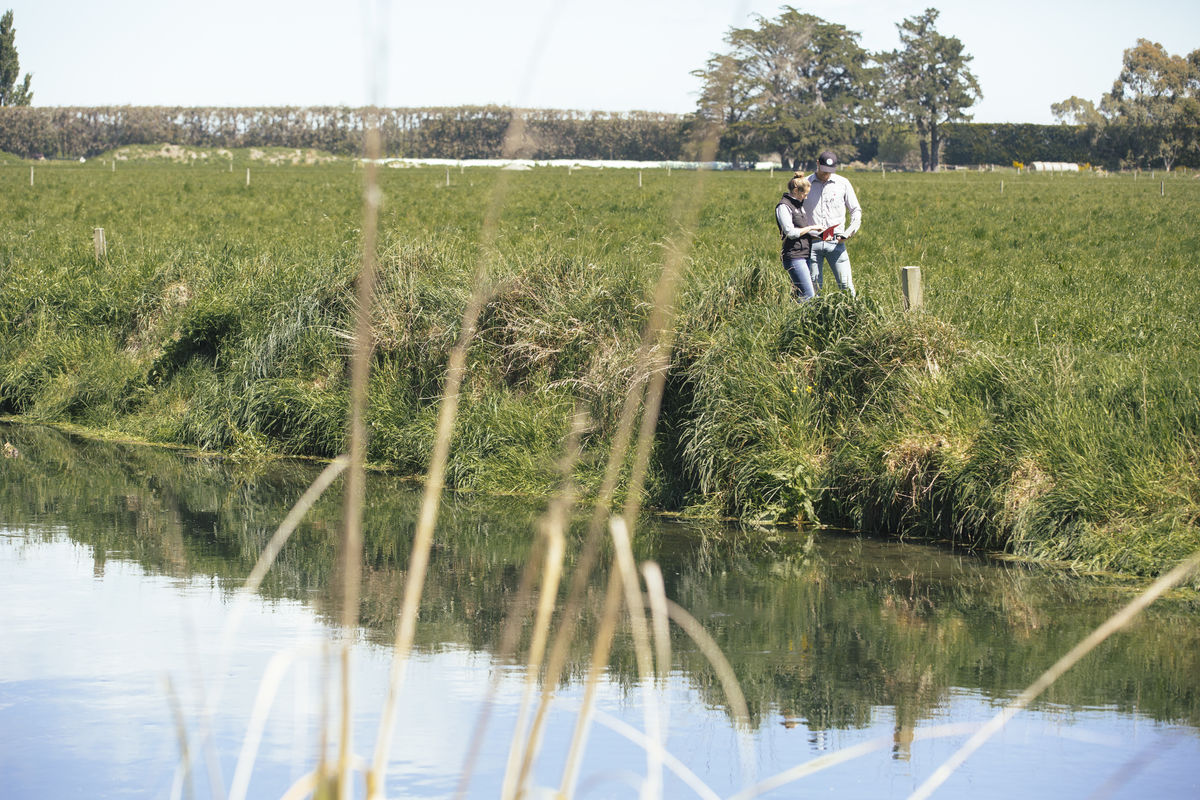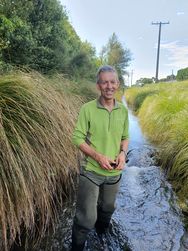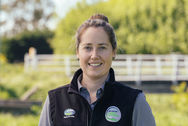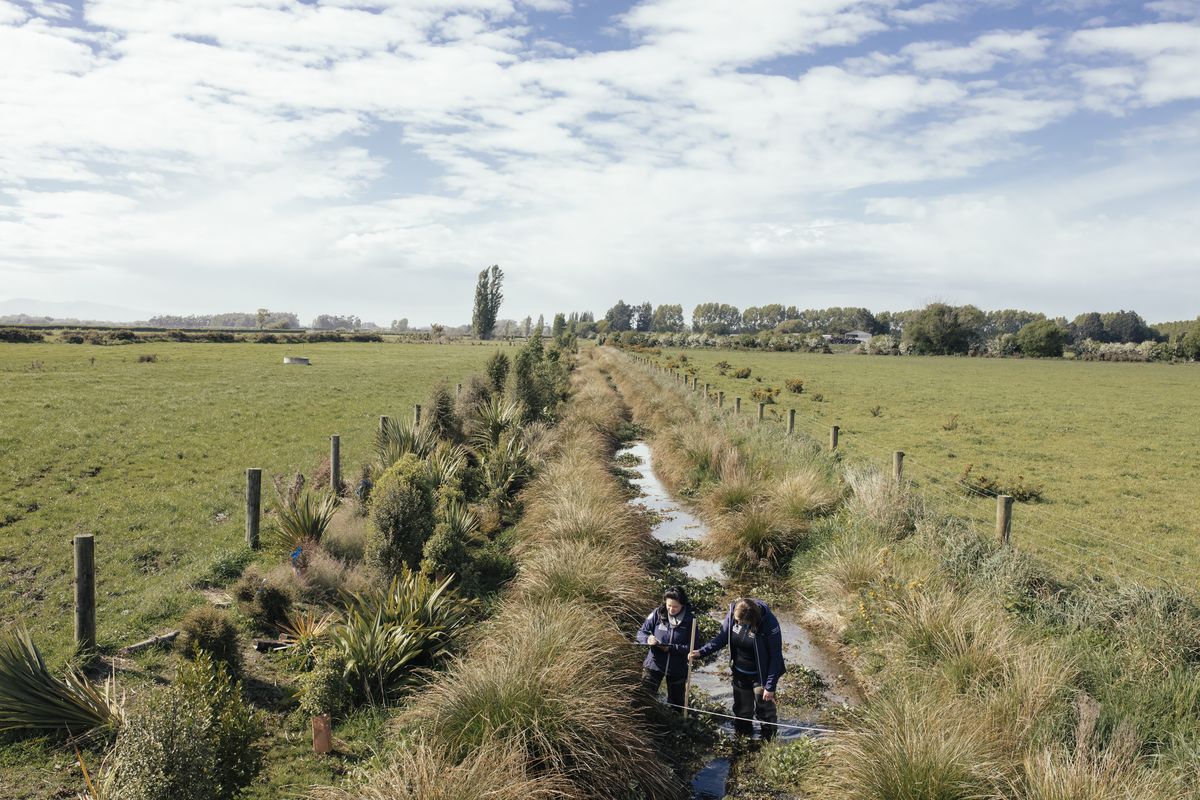
Farm impact reduction
What is the problem?
In the Ararira-LII River catchment there has been a significant loss of wetland, freshwater ecosystems and lowland habitat. Water quality is poor due to high levels of suspended sediment, nutrients (phosphorous) and faecal coliforms. Much of this has been caused by various productive land uses in the catchment and modification of the waterway, wetland and lagoon hydrology for drainage purposes. Living Water’s key focus is transforming the drain and water network into a healthy freshwater ecosystem in this productive agricultural landscape.
What is this project?
One of Living Water’s partnerships in the Ararira catchment was with the University of Canterbury CAREX (Canterbury Waterway Rehabilitation Experiment) team. From 2017 CAREX worked with dairy farmers to identify the major sources of contaminants (nitrogen, phosphorus, bacteria and sediment) entering waterways in the catchment and trial 'edge of field' tools to treat and prevent contaminants from entering waterways. This builds on previous work with AgResearch, NIWA and the University of Canterbury in 2017.

Robin Smith

Libby Sutherland
Investigating sediment traps with University of Canterbury's CAREX
What was done?
Through the CAREX catchment-wide tool-scoping and monitoring work, priority actions were identified and implemented in the right place and monitored. Sediment traps, an on-farm two-stage channel and a wood-chip bioreactor to reduce in-stream nitrate were designed and built and their performance was monitored.
Baseline monitoring of the catchment started in 2018, and enabled assessment of priority actions for 2019 and beyond. By being involving landowners learnt what tools are available and how they work. Eight of nine Fonterra farms in the catchment have completed Farm Environment Plans, and prioritised actions for reducing nutrient and sediment loads to improve freshwater ecosystems. On-farm trials used by farmers include sediment traps, bank re-battering and planting, nutrient filters and fencing of springs.
What has been achieved?
Landowners in the catchment were involved in the trial and understand what tools are available and how they work, providing them confidence in making decisions about implementing the tools on their farms. The trial and implementation of tools has reduced nutrient and sediment loads entering Ararira-LII River and Te Waihora, leading to improved freshwater ecosystems.
What did Living Water learn?
Science must be accessible to enable decision-making. Landowners need confidence that tools designed to reduce contaminants entering waterways are worth the investment. On-farm interventions won’t improve freshwater quality and restore waterway ecological, recreational and cultural health without changes being made across an entire catchment. Bespoke catchment plans and integrated farm plans ensure the right tool in the right place for the right purpose.
Link to resources
